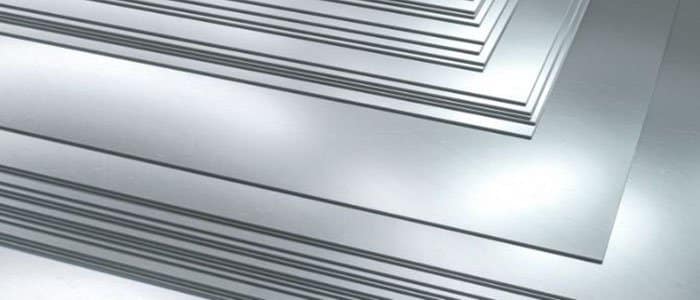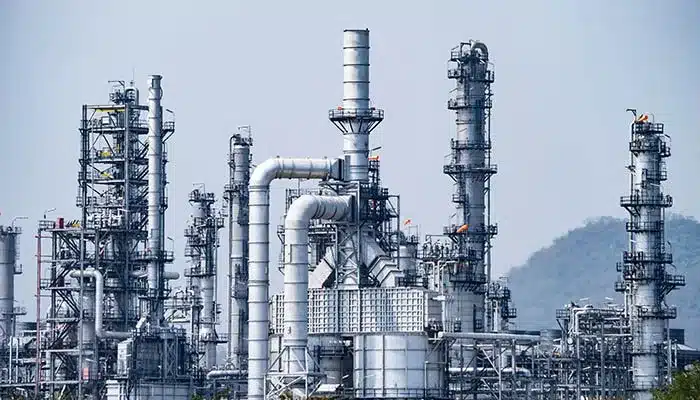Rolling is the most commonly used process in metal production. It uses the friction between the rollers and the metal billet to pull the billet into the gap between the rollers and cause it to undergo plastic deformation, which reduces its cross section and increases its length. At the same time, the structure and properties of the material also change. Rolling is divided into cold rolling and hot rolling. What is the difference between cold-rolled steel and hot-rolled steel produced by these two methods? This blog will tell you and help you choose the right material for your project.
Manufacturing Process
Hot rolled steel is produced at high temperatures, typically above 1000°C. The steel is heated until it becomes malleable and then passed through a series of rolling mills to achieve the desired shape and size. This process allows for easier shaping of the metal due to its softer and more pliable state. Hot rolling is particularly suitable for producing large cross-sections and complex shapes. The high-temperature process results in a coarser grain structure, which affects the mechanical properties of the steel.
Cold rolled steel is produced at room temperature. After hot rolling, the steel is further processed through cold rolling to achieve a more precise thickness and improved surface finish. The cold rolling process involves passing the steel through a series of rollers at room temperature, which reduces the thickness and enhances the surface quality. This process results in a finer grain structure, which contributes to the higher strength and hardness of cold rolled steel.
Mechanical Properties
Hot rolled steel has moderate strength and good ductility. The coarser grain structure formed during the high-temperature rolling process results in lower hardness and strength compared to cold rolled steel. However, it offers better toughness and ductility, making it suitable for applications that require energy absorption or impact resistance.
Cold rolled steel has higher strength and hardness due to the finer grain structure formed during the cold rolling process. The cold working process also increases the material’s yield strength and ultimate tensile strength. However, this comes at the expense of reduced ductility and toughness. Cold rolled steel is ideal for applications that require high strength and precise dimensions.
Surface Finish
Hot rolled steel typically has a rougher surface finish due to the formation of scale during the high-temperature rolling process. This scale can be removed through additional processes such as pickling or grinding, but it often requires further treatment to achieve a smooth surface.
Cold rolled steel has a smoother and more uniform surface finish. The cold rolling process results in a more refined surface, which is often suitable for applications that require a high-quality finish without additional processing.
Cost and Production Efficiency
Hot rolling is generally more cost-effective due to the lower energy requirements and the ability to produce large quantities quickly. The process is also more forgiving in terms of dimensional tolerances, making it suitable for applications where precision is not critical.
Cold rolling is more expensive due to the additional processing steps required to achieve the desired surface finish and dimensional accuracy. The process also requires more precise control and higher energy input, which can increase production costs. However, the higher initial cost is often justified by the improved performance and reduced need for secondary processing.
Applications
Hot rolled steel is commonly used in structural applications such as construction, shipbuilding, and heavy machinery. Its good toughness and ductility make it suitable for applications that require impact resistance and energy absorption. It is also used in applications where dimensional tolerances are not as critical.
Cold rolled steel is used in applications that require high strength, precise dimensions, and a smooth surface finish. It is commonly used in the automotive industry for body panels, in the electronics industry for components, and in the manufacturing of precision parts. The high strength and surface quality of cold rolled steel make it ideal for applications where performance and aesthetics are important.
Conclusion
Understanding the differences between hot rolled steel and cold rolled steel is crucial for selecting the right material for your project. Hot rolled steel offers good toughness and ductility, making it suitable for structural applications that require impact resistance. Cold rolled steel, on the other hand, provides higher strength and a smoother surface finish, making it ideal for precision applications that require high performance and aesthetics.
__________________________________________________________________________________________________
Daxun Alloy is a steel supplier with many years of industry experience. We have a professional sales team and advanced production plants. We can provide both cold-rolled steel and hot-rolled steel. If your project is looking for a suitable steel supplier, Daxun Alloy is your best choice! !




